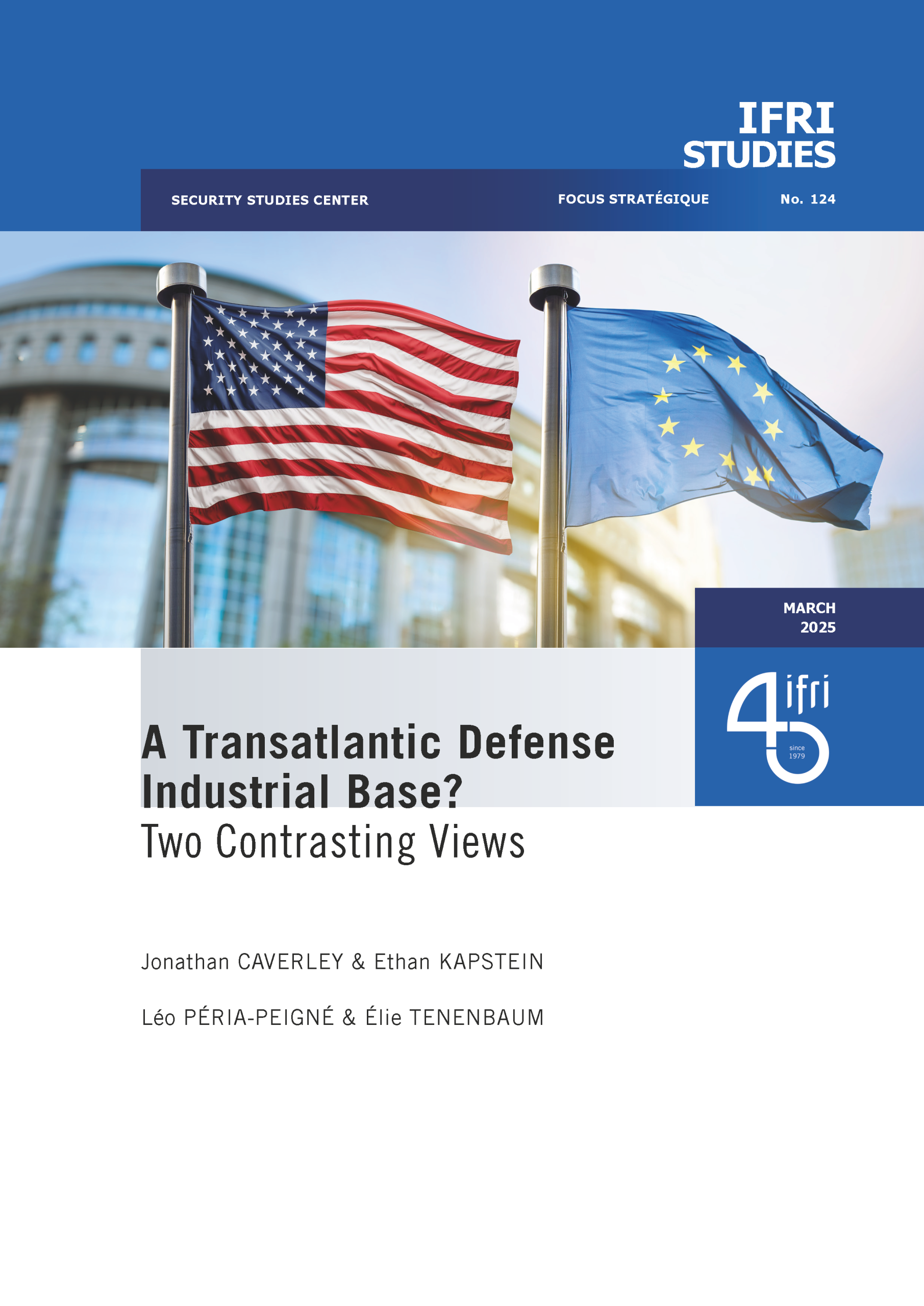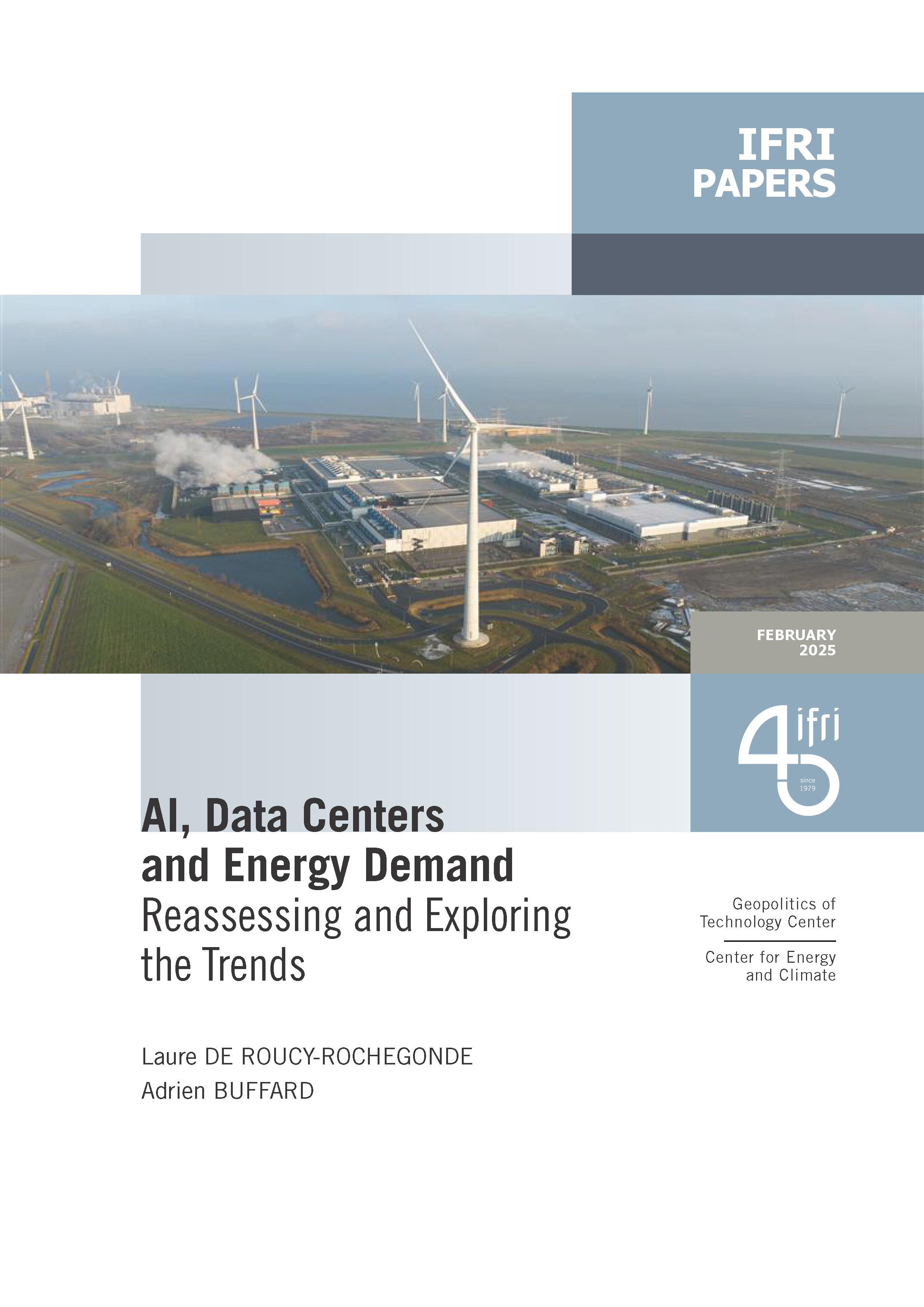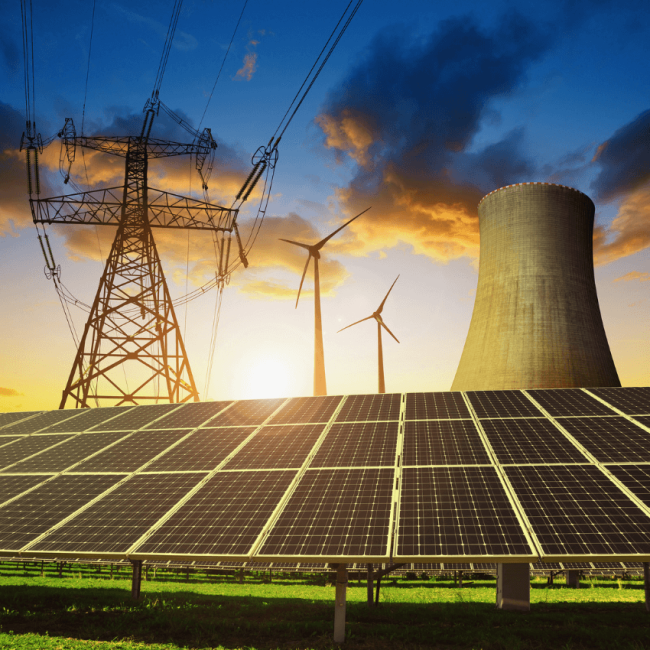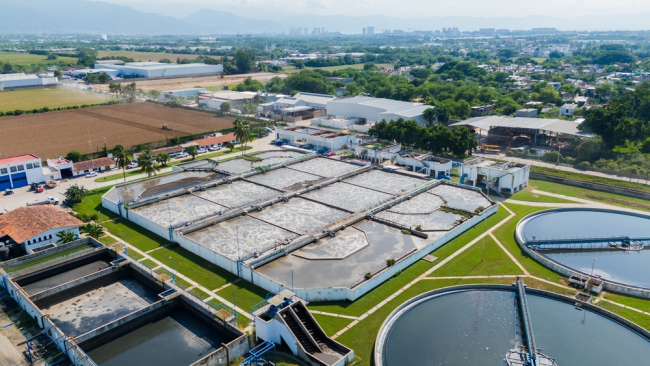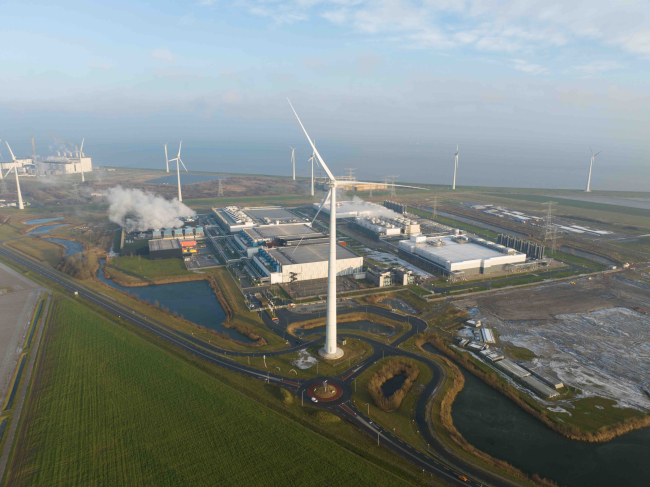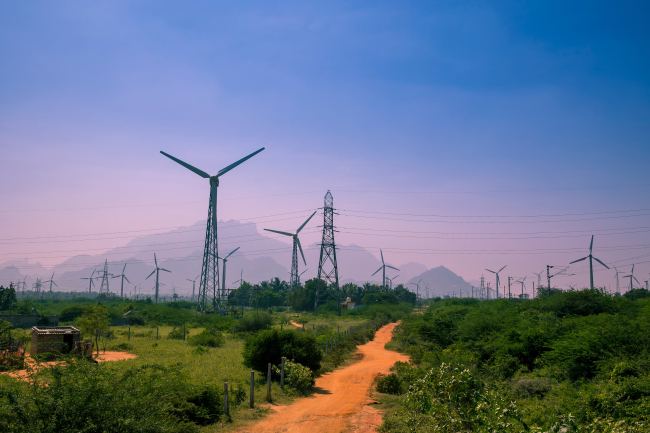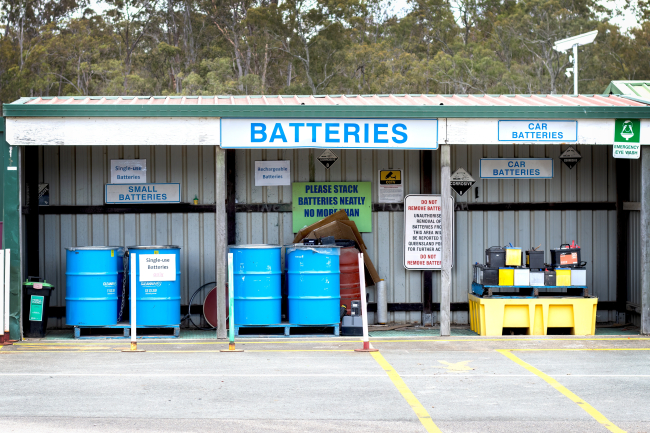The European Coal Market: Will Coal survive the EC's Energy and Climate Policy?
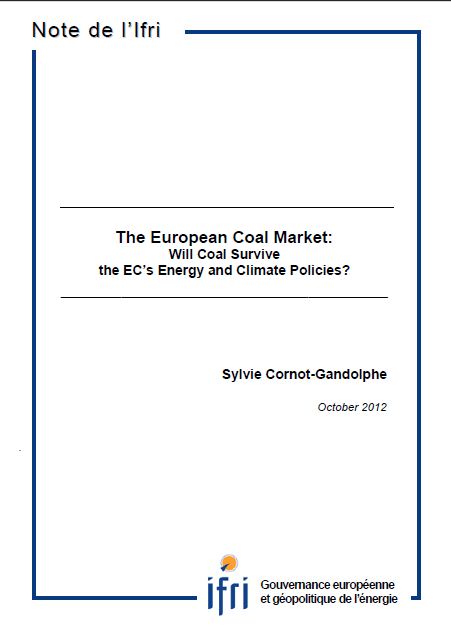
The European coal industry is at a crossroads. The European Commission (EC) Energy Policy by 2020, the 20/20/20 targets, is not favourable to coal:
a 20% decrease in CO2 emissions does not favour coal compared with natural gas, its main competitor in electricity generation;
a 20% increase in energy efficiency will lead to a decrease in energy/coal consumption;
a 20% increase in renewables will displace other energy sources, including coal.
The recent EC Energy Roadmap to 2050 targets a cut in GHG emissions by 80-95%. Under such a tough emissions reduction target, the future use of coal is tied with CCS technologies for which public acceptance and an adequate CO2 price are crucial.
The Large Combustion Plants Directive has already had a huge impact on EU coal-fired electricity generation. In UK, a third of coal-fired power capacity will be closed by the end of 2015 at the latest.
Phase III of the EU Emissions Trading Scheme requires CO2 allowances to be auctioned from January 2013, adding a new burden on fossil fuel power plants.
The end of state aid to European hard coal production by 2018, in line with EC Council Decision 2010/787/EU, means that domestic production is going to decrease.
Does this mean the end of coal in Europe? Maybe not, and certainly not by 2020, although its future after that date is quite uncertain.
Coal provides 17% of the EU"s primary energy supply, and represents 25% of electricity generation. With the phasing out of nuclear energy in some countries (mainly Germany), coal has gained a period of grace before the transition to a less-carbonised economy. Its consumption by European power utilities increased by 7% in the first half of 2012, boosted by low CO2 prices and relatively high gas prices.
European production still accounts for 60% of the total coal supply in the EU. Coal therefore gives the EU a certain degree of independence and contributes to its security of supply. Hard coal and lignite represent approximately 80% of EU conventional reserves of fossil fuels.
Coal contributes to the economic activity and employment in the region. The EU mining industry employs 260,000 workers (direct jobs) and the turnover of the whole coal industry is estimated at €25 billion a year.
Coal prices, despite their rising trend in the past few years, are much lower than competing fuels: half the price of natural gas imported in Europe.
As coal ensures safe, reliable, affordable and sustainable energy for all, it will be very much needed in the years to come. However, coal is proscribed in a CO2-free environment. Its combustion in thermal power plants - its main outlet in Europe - emits twice as much CO2 as gas plants.
Although a lot of R&D work is done to capture CO2 emissions from coal plants and store it, no zero emission commercial plants have yet started operation. Several CCS projects have been delayed, or even cancelled, in the past few years due to regulatory uncertainties, a lack of funding and public opposition to CO2 storage. The current European economic crisis and the large sovereign debts have also reduced public funding in CCS projects.
The future of coal in Europe is therefore very uncertain. Will CCS development allows it to remain a fuel of choice, given large available reserves at low prices, compared with competing energy sources? Or will coal disappear from the European energy mix? How fast will the decline in European coal production be?
This report looks at these issues and highlights some facts, trends and regulation that may affect the supply and demand of coal in the future. The analysis concentrates on steam coal used to generate electricity, since the power generation sector is by far the largest user of coal in Europe.
Key findings
European domestic production is projected to decline following the end of public subsidies to the hard coal mining sector by 2018 at the latest. The decline is particularly sharp in Germany and Spain. In the latter country, recent cuts in coal mining subsidies have led to violent protests against government austerity measures. In the longer term, in the New Policies Scenario of the International Energy Agency, EU coal production is expected to fall by 28% in 2020 and 63% in 2035, both compared to 2009. Demand from international trade is however limited, given the expected drop in consumption. Hard coal production in the EU generally suffers from largely depleted deposits, declining coal quality and excessively high production costs. Its production therefore has difficulty in competing with international coal. The picture is different for lignite. Its production is cost-competitive with hard coal imports. It could therefore continue providing a degree of security of supply for the EU. Reserves however are concentrated in four countries (Germany, Poland, the Czech Republic and Greece) and Germany alone accounts for 72% of EU reserves, so future EU lignite production will be essentially driven by development there. The decline in EU coal production will lead to a similar decline in coal employment and turnover of the coal mining sector.
Import steam coal prices are cheaper than competing fuels. Volatility of oil and gas prices due to the political situation in the Middle East and North African countries has reinforced this competitiveness. The overwhelming share of the Pacific basin in international coal trade - China and India particularly - means that international coal prices are driven by events and policies in Asia.
Coal use in European electricity generation is projected to decline during the decade following stricter environmental standards on air pollution and CO2 emissions. The Large Combustion Plants Directive has a huge impact on ageing coal plants in Europe. By the end of 2015, around 35 GW of coal-fired capacity will be closed. The Industrial Emissions Directive tightens the emission limits of pollutants from 2016 onwards, and an additional capacity of 20 GW to 25 GW may close by 2023. Phase III of the EU ETS will oblige power utilities to auction CO2 allowances above a pre-determined cap. CO2 emissions therefore will have to be reduced drastically and the auction price of CO2 incorporated into power generation costs. This new burden does not favour of coal plants. However, much depends on the price of CO2 allowances. Its collapse in 2012 has allowed coal to be the most favoured fuel to generate electricity in Europe.
The EC policy on energy and climate and the new EU energy Roadmap to 2050 clearly define a decarbonisation of the EU energy/electricity mix. The goal is ambitious with a reduction in GHG emissions of 80-95% by 2050, a large development of renewables in the electricity mix and a drastic reduction in energy demand. The future use of coal in Europe therefore appears intrinsically linked to the commercial development of CCS technologies. They are the only currently available technologies to cap directly coal-based CO2 emissions and reconcile the use of high CO2 emitting fossil fuels with a low-carbon electricity mix. Although CCS technologies are proven, they currently face significant barriers to their widespread commercial deployment. Costs remain too high and public funding is insufficient. Regulatory uncertainties and public opposition limit their development. And the current price of CO2 does not give the price signal necessary for their deployment.
Given these uncertainties, the future use of coal is foreseen to fall in all scenarios analysed. In the New Policies Scenario of the International Energy Agency, European coal demand halves over the period 2009-2035. In the EC scenarios, the share of coal in electricity generation shrinks from 25% in 2010 to between 2% and 13% by 2050, displaced by renewables and natural gas.
The future of coal after 2020/2030 therefore depends on CO2 prices, technological progress on CCS and financial commitments and regulations that governments take today in order to demonstrate the commercial viability of the technology.
Government response so far has been mixed, as shown in the analysis of four major coal markets.
In Germany, public opposition to CO2 storage and distribution of political power between the federal state and the Länders make the establishment of a proactive policy in favour of CSS very difficult. However, the phase-out of nuclear energy, the slower-than-expected development of offshore wind and electricity security of supply issues will lead to an increased use of coal until 2022 at least.
In Poland, the scientific community is mobilised so that CCS technologies become a reality and enable the country to continue ensuring a degree of energy independence thanks to its abundant coal reserves. The new energy policy, to be announced by the government in 2012/13 and government support provided to CCS projects in the country will determine the future of Polish coal and its place in the electricity mix.
The United Kingdom intends to be a leader in CCS technology. Its CCS Roadmap to 2050 and the financial commitment made by the government reflects this willingness. The private sector is also committed to this development, since no less than 16 companies have expressed interest in participating in the new CCS competition launched by the government in April 2012. The future of coal in the country is however seriously compromised by new European and national regulations and its role is expected to decline sharply during the decade.
In Spain, the future of coal is mixed. Cuts in hard coal mining subsidies lead to a rapid fall in domestic production which is replaced by coal imports. Coal miners" protests have so far been unable to change the situation although miners have become a symbol of social resistance to government austerity measures. The serious economic and financial crisis in the country does not help with the financing of CCS projects, which may stay in their pilot stage.
Ultimately, the question is whether technological breakthroughs in CCS, including public acceptance, overcome stringent CO2 regulations and allow coal to survive. Or will breakthroughs in other areas of the energy sphere (offshore wind, photovoltaic power) spell the death of coal in the electricity mix? As nobody can answer these questions, investment in new power plants is a challenging issue, at a time when back-up facilities to intermittent renewables are much needed.
Structure of the report
The first part of this report looks at the European coal market region-wide. Chapter 1 describes the EU coal market in the global context. Chapter 2 analyses the significance of the European coal mining industry and its future after the end of state aid. Chapter 3 looks at international coal prices and their competitiveness compared with competing fuels. Chapter 4 provides an overview of EC regulations that are likely to shape the future demand of coal. Chapter 5 gives an overview of CCT and CCS development in Europe, while Chapter 6 presents the outlook of future coal demand and scenarios developed by the International Energy Agency and the European Commission.
The second part of the report gives a detailed picture of the three largest European coal markets (Germany, Poland and the United Kingdom). It also looks at the Spanish coal market. Although coal in this country accounts for a small share of total energy consumption, recent austerity measures and their social impact put the sector into the public spotlight.
A description of the coal market is given for each country. Then, key developments and issues pertaining to each country and its coal market are discussed. Chapter 7 analyses the impact of the phase-out of nuclear energy in Germany. Chapter 8 provides an overview of Poland’s energy policy to 2030 and the CCS Roadmap prepared by the Bellona Foundation. Chapter 9 focuses on market reform of electricity in the United Kingdom and its impact on coal-fired power generation. Chapter 10 looks at coal subsidies in Spain and the impact of the drastic cut in coal mining subsidies decided by the government in May 2012.
Annex 1 explains what the nature coal is and the main differences between steam coal (mainly used in power generation) and coking coal (used in the iron and steel industry). Annex 2 briefly analyses the use of coal in the steel industry. Annex 3 provides some useful unit conversions.

Available in:
Regions and themes
ISBN / ISSN
Share
Download the full analysis
This page contains only a summary of our work. If you would like to have access to all the information from our research on the subject, you can download the full version in PDF format.
The European Coal Market: Will Coal survive the EC's Energy and Climate Policy?
Related centers and programs
Discover our other research centers and programsFind out more
Discover all our analysesWater in Mexico: an Emergency that Will Wait
Access to water is already and will become increasingly problematic for Mexican economic actors due to the progressive scarcity of the resource resulting from climate change, a geographical distribution that does not coincide with that of the population or economic activity, and management that has so far been far too lax.
AI, Data Centers and Energy Demand: Reassessing and Exploring the Trends
The information and communication technologies sector today accounts for 9% of global electricity consumption, data centers for 1-1.3%, and artificial intelligence (AI) for less than 0.2%. The growing energy demands of cloud services first, and now AI workloads (10% of today’s data centers electricity demand), have exacerbated this trend. In the future, hyperscale data centers will gain shares amongst all kinds of data centers and AI will probably account for around 20% of data centers electricity demand by 2030.
Unlocking India’s Energy Transition: Addressing Grid Flexibility Challenges and Solutions
India is rapidly scaling up its renewable energy (RE) capacity, adding 15–20 GW annually, but the ambitious goal of 500 GW of non-fossil capacity by 2030 is at risk unless the pace accelerates.
Europe’s Black Mass Evasion: From Black Box to Strategic Recycling
EV batteries recycling is a building block for boosting the European Union (EU)’s strategic autonomy in the field of critical raw minerals (CRM) value chains. Yet, recent evolutions in the European EV value chain, marked by cancellations or postponements of projects, are raising the alarm on the prospects of the battery recycling industry in Europe.


